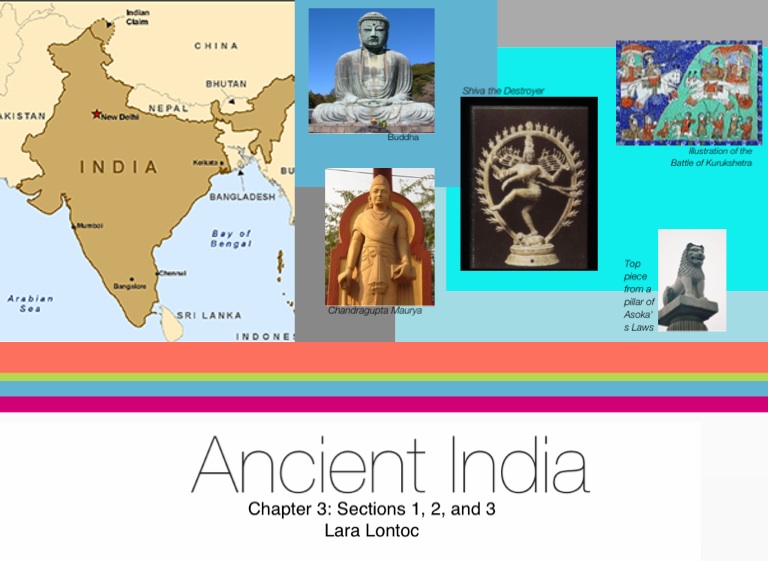Chapter 3 Ancient India
- Chapter 3 Ancient India And China Test
- World History Chapter 3 Ancient India And China
- Chapter 3 Test Review Ancient India Jeopardy
Unit 1: From Pre-History to Early Civilizations Chapter 3: Ancient India Section I: Indus Valley Civilization (Pages 48-55) This section is about: This section is about: The development and the decline of the Indus Valley civilization. The development and the decline of the Indus Valley civilization. The archeological evidence of the economic and cultural life of the people of Harappa and Mohenjo Daro. The archeological evidence of the economic and cultural life of the people of Harappa and Mohenjo Daro. Some questions for our class: Some questions for our class: Who am I?
(you - not this guy) Who am I? (you - not this guy) What am I to do? What am I to do? How should I see things? How should I see things? Read the text on page 48 in our books. Read the text on page 48 in our books. Exclusive nature hd wallpapers hd nature wallpapers for mac free.
Study Ch 3 Ancient India (buddhism, empires and society) flashcards from Preston Hilbert's class online, or in Brainscape's iPhone or Android app. Early Civilizations in India and China. Chapter 3, Section 1. Early Civilizations of India and Pakistan. Geography of India. Indian Subcontinent. Hist of Civ INDIA AND CHINA from SOCIAL 103 at Sarajevo School of Sci and Tech. Chapter 3 Ancient Indian and Chinese Civilizations Indian Civilization Indus.
Chapter 3 Ancient India And China Test

World History Chapter 3 Ancient India And China
And, look at the picture on page 49 And, look at the picture on page 49 What else should we do before we move on? What else should we do before we move on? Lets be “active readers” (top right of page 50) What else should we do? What else should we do?
Chapter 3 Test Review Ancient India Jeopardy
Northern India was heavily influenced by the Indo-Aryan people, nomads who came to the area to search for better farmlands. The Indo-Aryans helped introduce Sanskrit as a language in India. The social order, with the Brahmin at the top, became the basis of the alter caste system. The Indo-Aryans introduced a structured religion, based around complex ceremonies. Southern India was geographically isolated from northern India and developed an independent culture.
The mountains in the area kept southern Indians in small, distinct societies, rather than a larger unified culture. They were farmers, hunter-gatherers, and traders using the coasts for a sea trade with other parts of Southeast Asia.